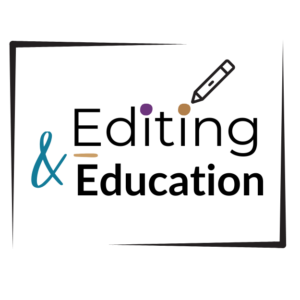Contact Us
If you’d like to ask a question about editing services or publishing in general, please reach out using the form below, and one of our team will get back to you.
Working hours/location
Our editors reside in Canada (EST, GMT-4) and the UK (BST, GMT+1)
Mon – Fri
9:00 am — 6:00 pm
Weekends
1 1:00 am – 5:00 pm

